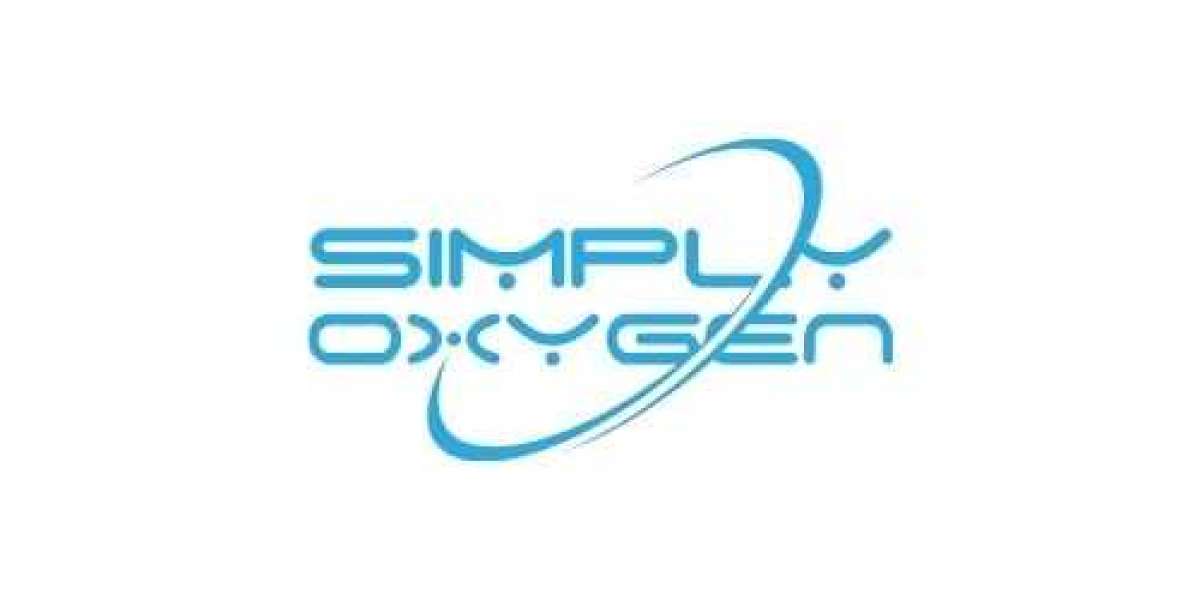Illuminating Health: Understanding Photobiomodulation Therapy
Photobiomodulation therapy (PBMT), also known as low-level light therapy (LLLT), is transforming the landscape of modern health and wellness by harnessing the healing power of light. This non-invasive therapy uses specific wavelengths of red and near-infrared light to stimulate cellular activity, promote tissue repair, and enhance overall wellbeing. As research continues to uncover the vast potential of light-based healing, photobiomodulation therapy is emerging as one of the most innovative and effective methods for improving physical performance, reducing pain, and supporting recovery at the cellular level.
The Science Behind Photobiomodulation Therapy
At the core of photobiomodulation therapy lies the interaction between light and the body’s cells. When red and near-infrared light penetrates the skin, it is absorbed by chromophores within the mitochondria — the energy-producing centres of cells. This light energy triggers a cascade of biological reactions, most notably the increased production of adenosine triphosphate (ATP), the molecule that fuels all cellular processes. By boosting ATP production, PBMT enhances cellular metabolism, accelerates tissue repair, and improves the body’s ability to recover from stress or injury.
Unlike laser treatments or other light-based procedures that rely on heat or tissue damage to stimulate healing, photobiomodulation therapy works entirely on a non-thermal level. It uses gentle, low-level light to restore cellular balance without pain, inflammation, or downtime. This makes it suitable for a wide range of conditions, from musculoskeletal injuries and chronic pain to neurological disorders and skin rejuvenation.
Applications and Benefits of Photobiomodulation Therapy
Photobiomodulation therapy offers numerous benefits, which is why it has been widely adopted in sports medicine, physiotherapy, dermatology, and even dentistry. Athletes use PBMT to accelerate muscle recovery, reduce inflammation, and improve endurance. Clinical research has shown that regular PBMT sessions can significantly enhance oxygen utilisation, improve circulation, and reduce oxidative stress — all of which contribute to faster healing and improved performance.
In the medical field, photobiomodulation therapy is used to manage conditions such as arthritis, tendonitis, neuropathy, and post-surgical pain. It also plays a crucial role in wound healing by promoting collagen synthesis and angiogenesis (the formation of new blood vessels). For neurological health, PBMT has shown promise in supporting recovery from brain injuries and improving cognitive function in conditions like Alzheimer’s and Parkinson’s disease.
The benefits of photobiomodulation therapy extend beyond clinical applications. In aesthetics and wellness, PBMT is increasingly used for skin rejuvenation and anti-ageing treatments. By stimulating collagen and elastin production, it reduces fine lines, improves skin tone, and enhances overall complexion. Its natural, pain-free process appeals to those seeking non-invasive solutions for long-term skincare and wellness improvement.
The Rise of Photobiomodulation Therapy in Modern Healthcare
In recent years, photobiomodulation therapy has gained momentum in both medical and wellness industries across the UK and beyond. Clinics, sports recovery centres, and even home-based devices now offer PBMT as part of integrative health programmes. Its popularity stems from its evidence-backed effectiveness and safety, as it provides a natural, drug-free alternative for pain management and healing.
The use of PBMT in modern healthcare also reflects a shift towards preventive and regenerative medicine. Rather than merely addressing symptoms, photobiomodulation targets the root cause — impaired cellular energy production. By revitalising cells from within, PBMT not only accelerates recovery but also supports long-term health, vitality, and resilience.
Safety and Accessibility of PBMT Treatments
One of the key advantages of photobiomodulation therapy is its exceptional safety profile. Treatments are completely non-invasive and painless, with no need for anaesthesia or post-treatment recovery. Each session typically lasts between 10 and 30 minutes, depending on the target area and treatment goals. The therapy can be used alone or combined with other medical or physical therapies to enhance results.
In the UK, more wellness clinics, physiotherapy centres, and aesthetic practices are incorporating PBMT into their treatment offerings. With advancements in light therapy technology, portable and home-use PBMT devices have also become more accessible, allowing individuals to enjoy the benefits of light therapy conveniently and safely in their own space.
The Future of Light-Based Healing
As scientific research continues to expand, the potential of photobiomodulation therapy is becoming increasingly evident. Studies are exploring its role in improving brain function, reducing inflammation-related diseases, and even extending longevity by supporting mitochondrial health. With growing recognition from both medical professionals and wellness practitioners, PBMT stands as a cornerstone of the future of non-invasive healthcare.
Photobiomodulation therapy represents a perfect fusion of science and nature — a treatment that uses light, one of the most fundamental forces of life, to restore balance, energy, and vitality to the human body. As awareness and accessibility increase, PBMT will continue to illuminate the path towards better health, faster healing, and enhanced wellbeing for individuals across the world.








